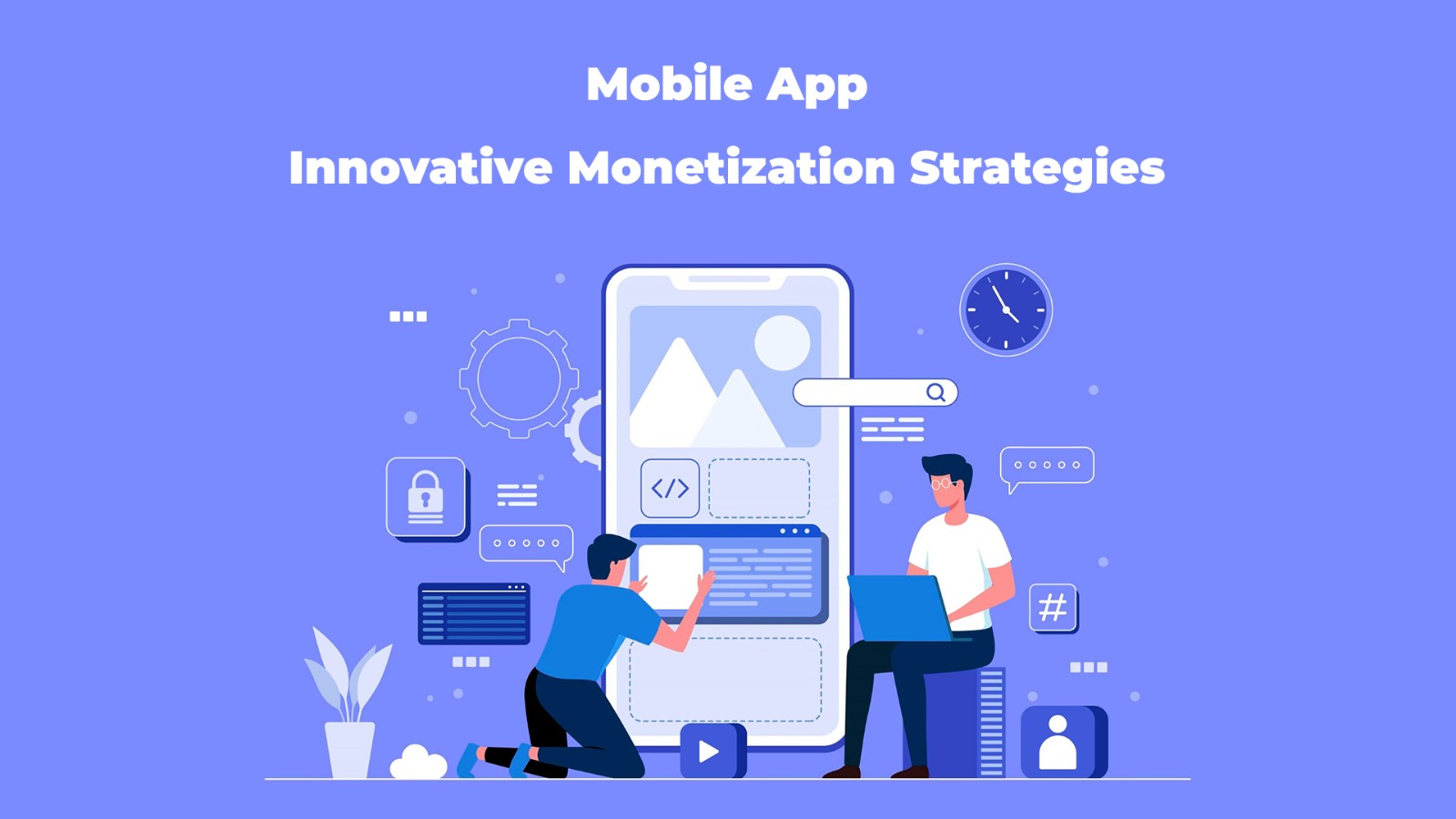16 May 2024
10 Innovative Monetization Strategies for Your Mobile App

10 Innovative Monetization Strategies for Your Mobile App
Introduction
In today's digital landscape, creating a mobile app is just the first step towards success. To sustainably grow and thrive, developers must implement effective monetization strategies. With millions of apps vying for users' attention, it's crucial to think creatively and strategically about how to generate revenue without compromising user experience. In this blog post, we'll explore ten innovative monetization strategies that can help you maximize your app's earning potential.
1. Freemium Model
The freemium model offers basic features for free while charging users for premium features or content. This approach allows you to attract a large user base and upsell premium features to those willing to pay for enhanced functionality or exclusive content.
2. In-App Purchases
In-app purchases enable users to buy virtual goods, upgrades, or additional features within the app. Whether it's unlocking levels in a game, purchasing premium filters in a photo-editing app, or subscribing to premium content, in-app purchases can be a lucrative revenue stream.
3. Subscription-Based Model
Subscription-based monetization involves offering users access to premium content or services for a recurring fee. This model works well for apps that provide ongoing value, such as streaming services, fitness apps, or productivity tools. Offering tiered subscription plans with varying levels of features can cater to different user segments.
4. Advertisements
Advertising remains one of the most common monetization strategies for Mobile Apps Development. By displaying ads within your app, you can earn revenue based on impressions, clicks, or conversions. Consider integrating native ads that blend seamlessly with your app's design to enhance user experience and engagement.
5. Sponsorship and Partnerships
Collaborating with brands or businesses to sponsor your app or specific features can be a lucrative monetization avenue. Whether it's branded content, sponsored events, or co-branded promotions, partnerships can provide a steady stream of revenue while also adding value to your app's offerings.
6. Affiliate Marketing
Integrating affiliate marketing into your app allows you to earn commissions by promoting third-party products or services. Whether through affiliate links, referral codes, or sponsored content, affiliate marketing can diversify your revenue streams and leverage your app's user base to drive sales for partner brands.
7. Data Monetization
With user consent and strict adherence to privacy regulations, you can monetize anonymized user data by selling insights or targeted advertising to third parties. Leveraging data analytics to understand user behaviour and preferences can unlock new revenue opportunities while respecting user privacy.
8. In-App Sponsorships
Offering sponsored placements or branded experiences within your app can provide an additional revenue stream. From sponsored push notifications and in-app banners to branded filters or mini-games, in-app sponsorships offer brands a unique opportunity to engage with your app's audience directly.
9. White-Labelling or Licensing
If your app has proprietary technology or features, consider white-labelling or licensing them to other developers or businesses. By allowing third parties to use your technology in their own apps or products, you can generate revenue through licensing fees or royalties.
10. Crowdfunding or Patronage
For apps that provide value to niche communities or offer unique experiences, crowdfunding or patronage can be a viable monetization strategy. Platforms like Kickstarter, Patreon, or Substack allow users to support creators financially in exchange for exclusive content, early access, or special perks.
Conclusion:
In a competitive app market, monetization is essential for sustaining growth and innovation. By implementing a combination of these innovative monetization strategies and continuously experimenting and refining your approach based on user feedback and market trends, you can unlock new revenue streams and build a sustainable business around your mobile app.


 INDIA
INDIA USA
USA











